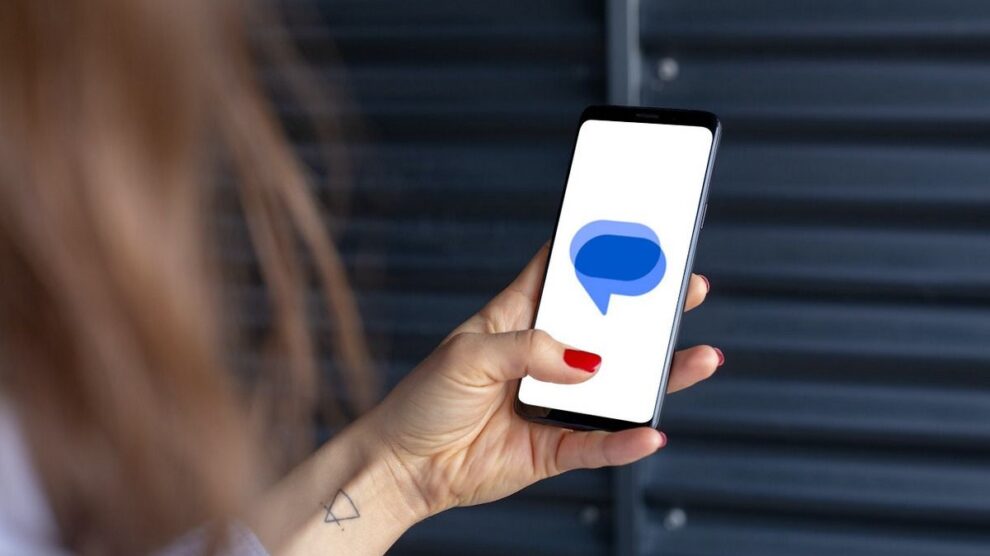
Understanding RCS and End-to-End Encryption
Before delving into the implications of this development, it’s important to understand the key components:
Rich Communication Services (RCS)
- RCS is a protocol for rich messaging that aims to replace traditional SMS and MMS.
- It offers features like read receipts, typing indicators, high-quality media sharing, and group chats.
- RCS is supported by major mobile carriers and is the default messaging service on many Android devices.
End-to-End Encryption (E2EE)
- E2EE ensures that only the sender and intended recipient can read the contents of a message.
- Messages are encrypted on the sender’s device and can only be decrypted on the recipient’s device.
- Even the service provider cannot access the content of encrypted messages.
The integration of E2EE into RCS combines the rich features of modern messaging with top-tier security, addressing a long-standing concern in the mobile communication space.
Key Features of End-to-End Encrypted RCS
The implementation of E2EE in RCS brings several key features and benefits:
- Message Content Protection: The content of messages, including text, images, and files, is protected from interception.
- Metadata Privacy: While not all metadata is encrypted, efforts are being made to minimize the exposure of sensitive information like user locations or contact lists.
- Group Chat Encryption: E2EE extends to group conversations, ensuring privacy in multi-user chats.
- Backward Compatibility: The system is designed to work seamlessly with both E2EE-capable and non-E2EE devices, defaulting to the highest available security level.
- Key Verification: Users have the option to verify encryption keys, adding an extra layer of security against man-in-the-middle attacks.
These features collectively represent a significant upgrade to the security and privacy of RCS messaging.
Implications for User Privacy
The introduction of E2EE to RCS has far-reaching implications for user privacy:
- Enhanced Personal Security: Users can communicate with confidence, knowing their messages are protected from unauthorized access.
- Protection Against Mass Surveillance: E2EE makes it significantly more difficult for any entity, including governments, to conduct large-scale surveillance of communications.
- Data Breach Mitigation: Even if a service provider’s servers are compromised, encrypted message content remains secure.
- Confidentiality for Sensitive Information: E2EE provides a secure channel for sharing sensitive personal, financial, or business information.
- Empowering User Control: Users gain more control over their data, aligning with growing demands for digital privacy rights.
These privacy enhancements could significantly boost user trust in RCS as a messaging platform.
Impact on the Messaging Ecosystem
The addition of E2EE to RCS is likely to have significant effects on the broader messaging ecosystem:
- Competition with OTT Apps: RCS with E2EE becomes more competitive with over-the-top messaging apps like WhatsApp and Signal, potentially shifting user preferences.
- Carrier Adoption: This development may accelerate carrier adoption of RCS, as enhanced security becomes a selling point for their messaging services.
- Pressure on Platform Holders: It may increase pressure on platform holders like Apple to support RCS, promoting interoperability in secure messaging.
- Standardization of Secure Messaging: E2EE in RCS could help establish it as a standard feature expected in all messaging platforms.
- Potential Regulatory Implications: The widespread adoption of E2EE may influence ongoing debates about encryption and government access to communications.
These changes could reshape the competitive landscape of mobile messaging and influence future developments in communication technology.
Technical Challenges and Solutions
Implementing E2EE in RCS presents several technical challenges:
- Key Management: Securely generating, distributing, and storing encryption keys across diverse devices and platforms.
- Interoperability: Ensuring E2EE works seamlessly across different devices, carriers, and messaging clients.
- Performance: Implementing encryption without significantly impacting message delivery speed or device performance.
- Backward Compatibility: Maintaining functionality with older devices or those not supporting E2EE.
- Group Chat Complexity: Managing encryption in dynamic group conversations with changing participants.
Addressing these challenges has required collaboration between tech companies, carriers, and standards bodies to develop robust and universally applicable solutions.
Potential Controversies and Debates
The implementation of E2EE in RCS may reignite some ongoing debates in the tech and policy worlds:
- Law Enforcement Concerns: E2EE can hinder law enforcement efforts to access communications in criminal investigations.
- Regulatory Compliance: Some regions may have regulations requiring access to communication data, conflicting with E2EE principles.
- Child Safety Issues: Concerns about E2EE’s impact on efforts to combat child exploitation and abuse online.
- Misinformation Spread: Debates about the role of E2EE in potentially facilitating the spread of misinformation or extremist content.
- Corporate Responsibility: Questions about the balance between user privacy and platform accountability.
These debates highlight the complex interplay between privacy, security, and societal concerns in the digital age.
User Education and Adoption
For E2EE in RCS to be effective, user education and adoption are crucial:
- Awareness Campaigns: Efforts to inform users about the availability and benefits of E2EE in RCS.
- User Interface Design: Creating intuitive interfaces that clearly indicate when messages are encrypted.
- Key Verification Education: Teaching users about the importance of key verification and how to perform it.
- Transparency: Clear communication about what is and isn’t protected by E2EE.
- Adoption Incentives: Potential strategies to encourage users and businesses to adopt E2EE-enabled RCS messaging.
The success of E2EE in RCS will largely depend on how well users understand and embrace this new security feature.
Future Prospects and Developments
Looking ahead, the introduction of E2EE to RCS opens up several possibilities for future developments:
- Enhanced Features: Further security features like disappearing messages or enhanced metadata protection could be added.
- Cross-Platform Integration: Potential for broader integration with other messaging platforms and operating systems.
- AI and Encryption: Exploring ways to leverage AI for security while maintaining E2EE principles.
- Quantum-Resistant Encryption: Future-proofing E2EE against potential threats from quantum computing.
- Standardization Efforts: Continued work on global standards for secure messaging protocols.
These developments could further solidify RCS as a leading protocol for secure, feature-rich messaging.










Add Comment